A Kitchen Utensil for Everything
A collection of antique culinary tools reminds us of how labor-intensive homemaking used to be.
Chana Shapiro is an educator, writer, editor and illustrator whose work has appeared in journals, newspapers and magazines. She is a regular contributor to the AJT.
Pansies bloom in front of Marsha and Jan Spector’s traditional-style brick home in a small cul-de-sac off Houston Mill Road. Inside, the high walls hold paintings by talented family members, including Jan’s late mother, Ruth Spector. She was a graphic artist who illustrated ads for Rich’s department store in downtown Atlanta and later gained fame for painting a romantic embrace that for decades promoted the perfume Tabu.
Another family treasure is a hand-embroidered matzah cover made by Marsha’s great-aunt in Europe. The Spertus Jewish Museum in Chicago requested to add it to their permanent collection, but Spector’s grandmother gave the family heirloom to her daughter instead. Today, it’s prominently displayed in her Atlanta dining room.
Spector has several interesting collections. The most unusual, however, is a trove of antique kitchen tools used by home cooks in the late 19th and early 20th centuries. In the 1960s and ‘70s, Spector, her mother and two sisters avidly collected vintage quilts, jewelry and purses, as well as kitchenware. When Spector’s mother, who had a full-wall display area set up in the family’s Chicago home, moved into an assisted living facility with limited space, she only held onto a large breakfront with glass shelves and drawers. She kept most of her purses and gave her collection of kitchen utensils to Marsha.
“I took all of it and added it to what I had,” Spector said. “I couldn’t bear to get rid of anything! At least a third of my present collection belonged to my mother.”
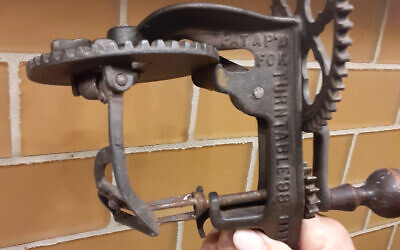
Spector has learned a lot about the genre. If one wants to know how women efficiently cored dozens of apples for pies, squeezed lemons, cleaned dusty rugs, toasted four pieces of bread at one time or grated a quantity of nutmeg 100 years ago, Spector owns the appropriate kitchen tool for each task. She especially enjoys demonstrating how each of them was used.
Well after her family’s hunting party years, Spector continued to add to her trove. In her own modern kitchen, she displays select items on a wooden wall rack. There are larger and heavier pieces on her kitchen shelves and other oddities wrapped safely in a storage box. Most of the tools are so arcane that Spector refers a visitor to her indispensable 1974 copy of “Old American Kitchenware” by Louise K. Lantz, a comprehensive, illustrated compilation covering two centuries of American culinary gadgets.
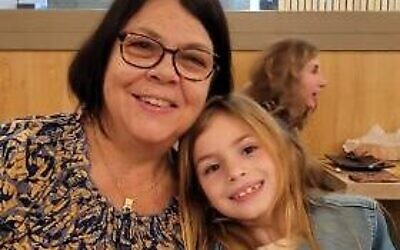
The women in Marsha’s family greatly admired the ingenuity and craftsmanship of these inventive implements, which were necessary to prepare labor-intensive meals and to maintain tidy homes. The tools were probably lifetime purchases; everything in Spector’s collection bears the patina of heavy use. Identifying brand names are dulled and enamel and protective finishes have worn away. One surmises that, over a long period in one home, these essentials were passed from one generation to the next — that is, until electricity became commonplace, reducing or eliminating the time, hand dexterity and arm strength needed to use the vintage items.
Standouts include a two-piece hand fluter, which, along with a base, was used to create pleats and decorative crimped fabric edging. A pair of small hanging wire baskets reflect the prudence of families who used them to collect the remains of handmade soap, to be combined for extra washing or added to supplement new soap blocks.
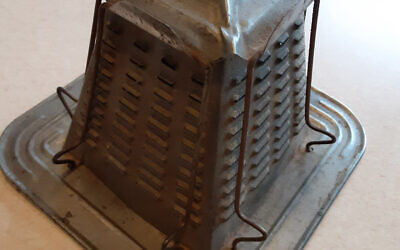
Another curiosity is a tabletop wooden-paddled butter churn that fits neatly onto a heavy glass bowl. Spector owns several fanciful wire beaters that were used to knock debris and dust from rugs. A heavy cardboard tube was used to insulate freshly bottled raw milk. A conical ice-cream scoop features a clever release mechanism. These egg beaters, graters and peelers add to our modern appreciation of how much prep time and physical energy it took to prepare ingredients for a simple meal.
Spector does not want to trade or sell a single piece, even though some items are rare and valuable. “I love what I have, and everything brings back happy memories of treasure-hunting,” she says. “But I have enough. I’m hopeful that someone in our family, maybe a grandchild, will value the collection as much as I do.”



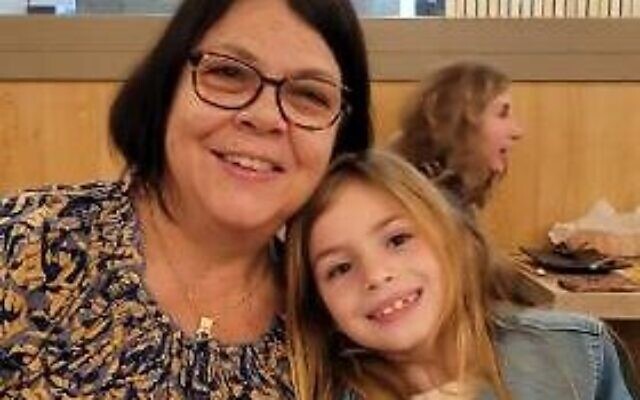
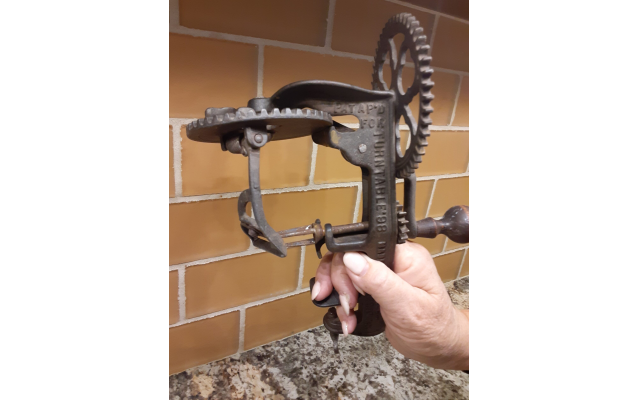
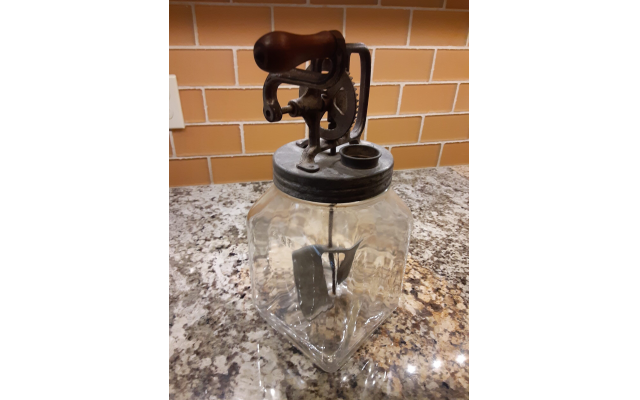
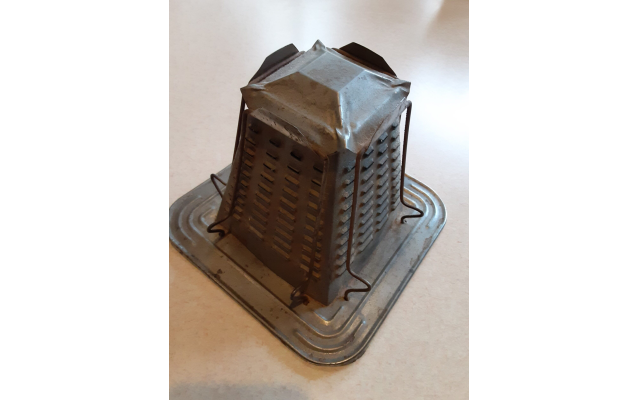
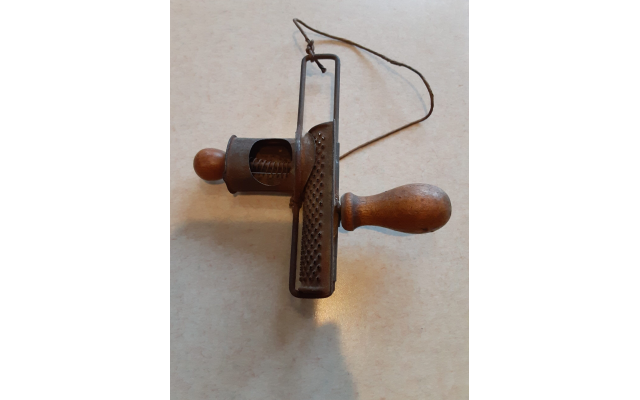
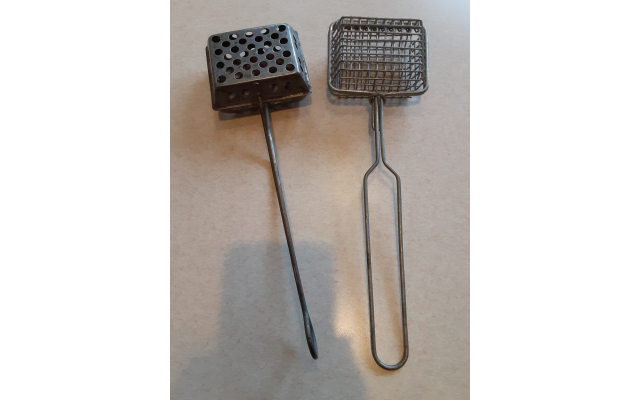
comments